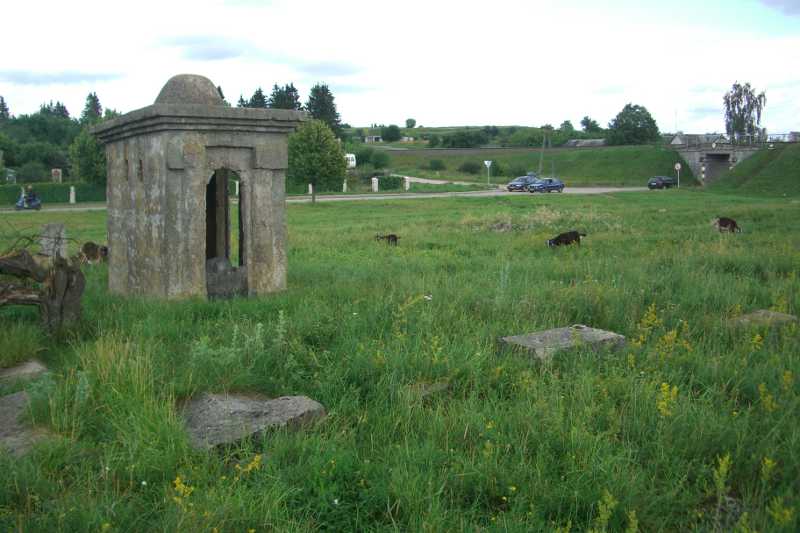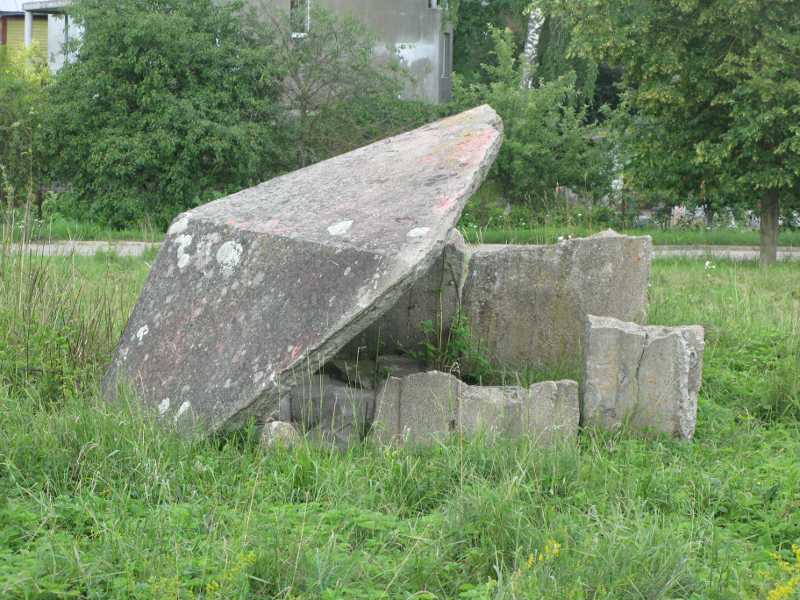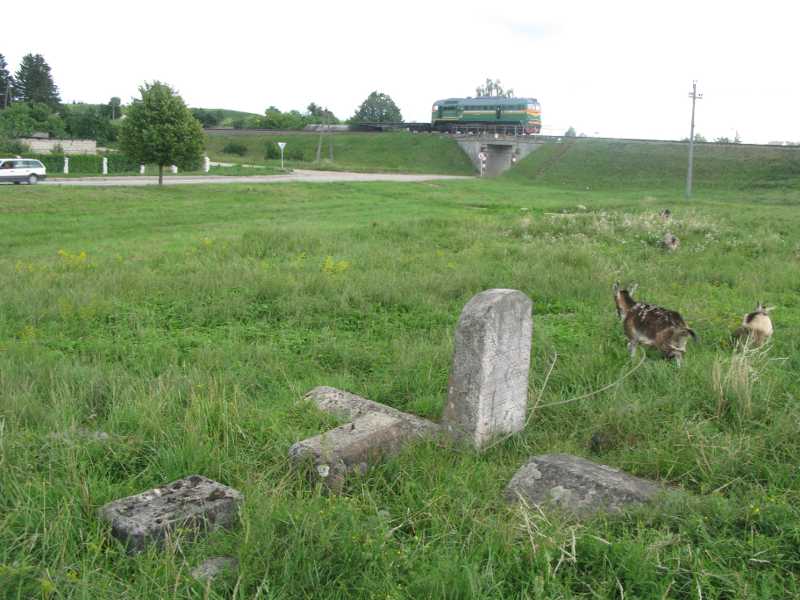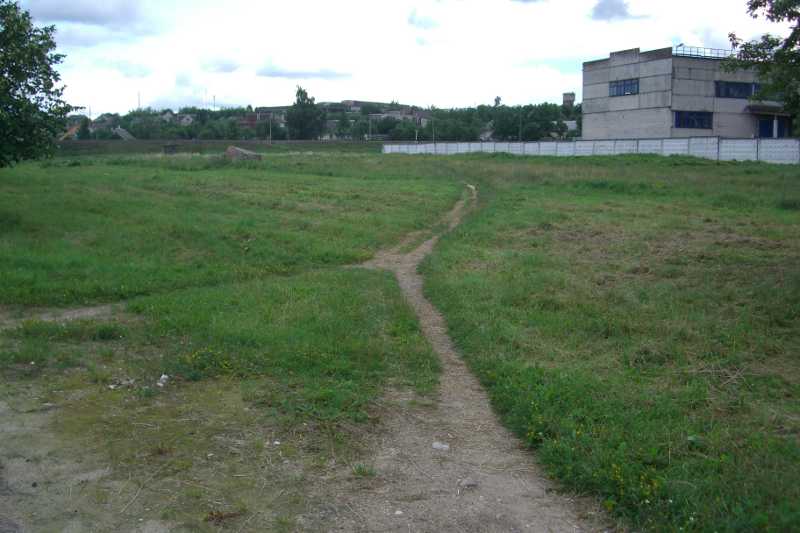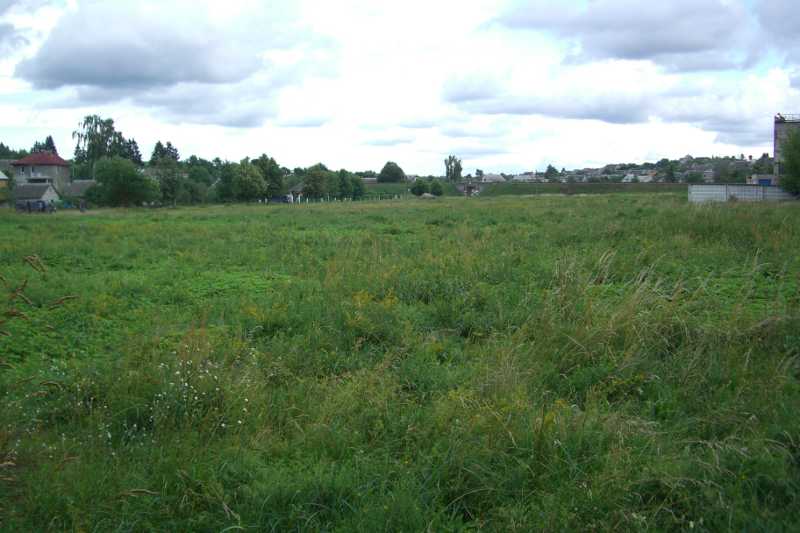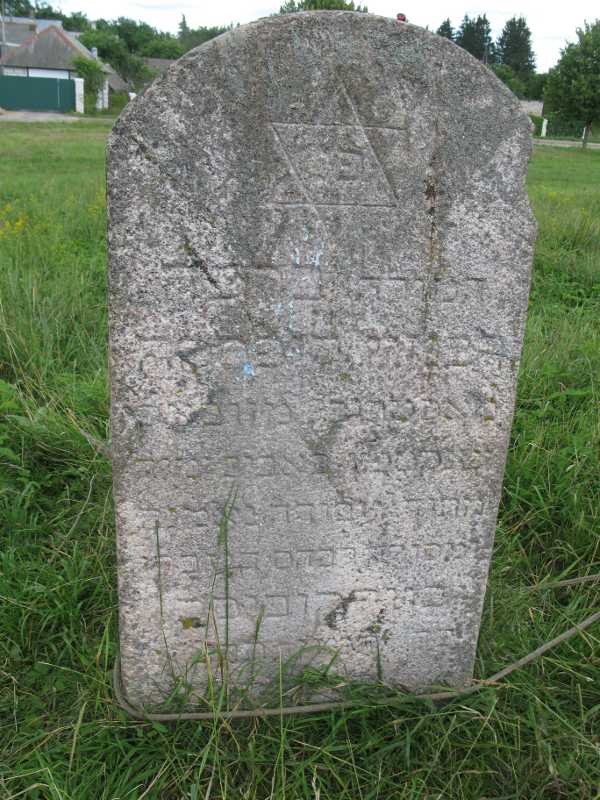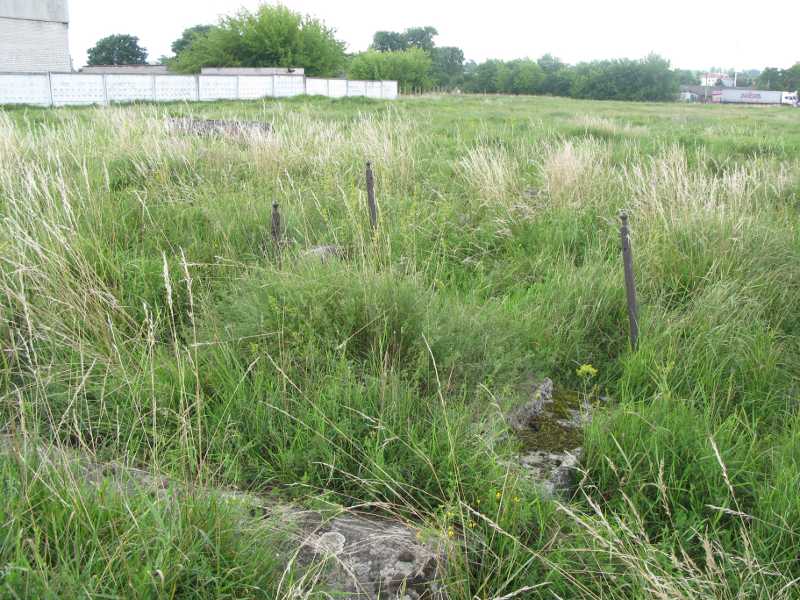Alternate names: Vawkavysk [Bel], Volkovysk [Rus], Wołkowysk [Pol], Volkavisk [Yid], Volkovyskas [Lith], Waukawysk [Ger], Vilkovisk, Vaŭkavysk, Belarusian: Ваўкавыск. Russian: Волковыск. וואלקאוויסק - Yiddish (Vasilishok). 53°09' N, 24°27' E, 5 miles E of Isabelin, 55 miles E of Białystok, 45 miles SE of Hrodna (Grodno). Jewish population: 5,528 (in 1897), 7,347 (in 1931). Yizkors: Volkovisker yisker-bukh (New York, 1949); Hurban Wolkowysk be-milhemet ha-olam ha-sheniya 1939-1945 (Tel Aviv, 1946); and Wolkowysk: sipurah shel kehilah yehudit-tsiyonit, hushmedah ba-shoad 1941-1943 (Tel Aviv, 1988).
REFERENCE: Wolkowisker Relief Society (New York, N.Y.) Title: Records, 1920-1980 (bulk 1920-1922) Description: .1 linear ft. Notes: Landsmanshaft founded in 1917 by Jewish immigrants from Volkovysk (formerly Wolkówysk, Poland), Belorussia, to aid Jews in Volkovysk. It was dissolved in 1923. … YIVO collections are in Yiddish, Russian, Polish, English, Hebrew, and other European and non-European languages. Location: YIVO Institute for Jewish Research, New York, NY. Control No.: NXYH90-A11 [December 2000]
Cemetery: photos. Story of destruction of cemetery for water and sewer pipelines. [February 2010]
Photos and comments courtesy This email address is being protected from spambots. You need JavaScript enabled to view it., August 2011
"Here are some pictures I took of the Volkovisk Jewish Cemetery in July of 2011. The only stone we were able to read was the single headstone that was standing upright. It belonged to a Hebrew teacher.
Most of the evidence of the graves are slabs of concrete, often askew or broken.
While looking for the cemetery we stopped and asked 3 older people if they knew where the Jewish Cemetery was. Only one of them said there was no Jewish Cemetery. The rest told us there was little left of it, but were able to tell us where it was. Although the sense from being in the cemetery was that it was completely forgotten, with so little evidence of it remaining, the grazing goats, and people walking through the cemetery as a shortcut, it felt good that some of the residents still knew what the space was."

